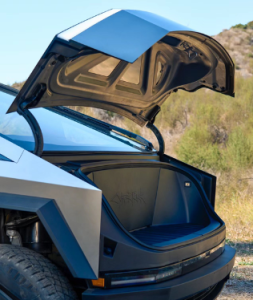Hybrid cars have been a subject of fascination for many, combining innovative technology with eco-friendly solutions on our roads. As these vehicles become increasingly common, understanding the mechanics behind them is key to appreciating their benefits fully. This blog post aims to demystify hybrid cars, providing an insightful overview for those who may be unfamiliar with this green automotive marvel.
At the heart of hybrid cars is a blend of power sources, typically an internal combustion engine matched with electric motors. The primary objective? To diminish fuel consumption and emissions while maintaining the same level of performance as traditional vehicles. But how do these vehicles achieve this delicate balance?
The secret lies in the hybrid powertrain, which cleverly switches between the electric motor and the gasoline engine to optimize fuel efficiency. A sophisticated onboard computer system orchestrates this process, selecting the most efficient mode of operation based on driving conditions. For instance, the electric motor can power the vehicle on its own at low speeds or in stop-and-go traffic, conserving gasoline. On highways, the gas engine takes charge, occasionally assisted by the electric motor for acceleration.
A standout feature of hybrid cars is regenerative braking, where kinetic energy during braking is captured and used to recharge the car’s battery, enhancing efficiency with every slowdown. These vehicles also rely on high-performance battery packs to power the electric motor, recharged through braking and the internal combustion engine. Recent advancements in battery technology have significantly improved storage capacity, longevity, and dependability, contributing to the allure of hybrid cars.
Hybrid vehicles come in various forms, each with a distinct approach to integrating electric power. Parallel hybrids enable both the engine and electric motor to work together or independently, while series hybrids often use the engine as a generator for the electric motor. Plug-in hybrids offer the flexibility of recharging from an external power source, allowing extended electric-only driving range before transitioning to hybrid mode.
Beyond their environmental benefits, hybrid cars can offer lower running costs due to fuel efficiency and various incentives such as tax breaks, reduced registration fees, and access to high-occupancy vehicle lanes. Automakers continue to expand their hybrid offerings, providing a wide array of sizes, styles, and features to cater to diverse preferences and needs.
While the technology behind hybrid vehicles may seem complex at first, it ultimately serves a simple goal: to deliver sustainable, efficient transportation without sacrificing performance or comfort. Embracing hybrid technology can be a step toward a greener lifestyle, reducing carbon footprint while enjoying the advancements that make driving both enjoyable and environmentally conscious. In the evolving landscape of the automotive industry, hybrids are not just an alternative but a pioneering force in this exciting transition towards sustainable mobility.









